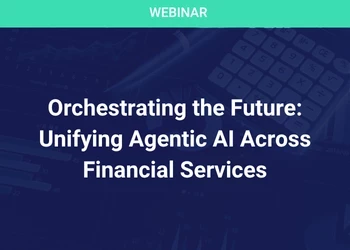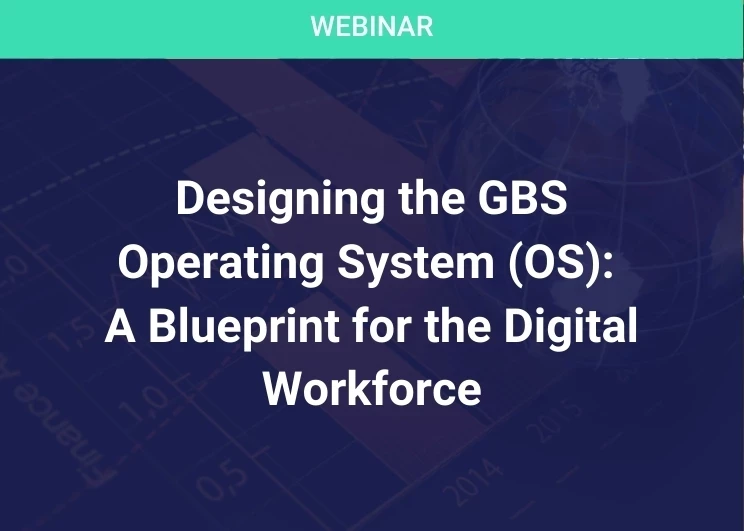No Surprises, Just Excellence: Transforming O2C for CX
Driving Innovation in Order to Cash for Superior Customer Satisfaction
Add bookmark
Whether ordering pet food online or finalizing a multi-million-dollar B2B services contract, customers value one thing above all else: seamless experiences. And as Sabrina Carpenter might say, "Please, Please, Please," no surprises! For order-to-cash (O2C) processes, with revenue and cash flow on the line, customer focus—even customer obsession—is mission critical. According to one PWC 2017 study, even when people love a company or product, one in three customers will walk away after just one bad experience. This number jumps to 49% in Latin America. The good news is that what customers look for in a positive experience comes down to 3 simple elements.
1. Please, please, please: No Surprises
Your customer is running a business, just as you are, and needs to plan and adjust for impacts, good or bad. They understand mistakes do occasionally occur and processes evolve but do not want to discover errors and changes on their own.
This is also where your employees can create a positive experience with friendliness, knowledge, and proactive communication for the customer. Did an error occur? Use the “5 Why’s” technique to identify causes and share solutions with your customers. The customer also appreciates the opportunity to participate in a feedback loop. Are you considering launching a new digital customer-facing tool? Be sure to engage a cross-section of your customers for usability feedback. Are you launching a new accounts receivable payment portal? A robust communication plan will be key for your customers’ accounts payable staff to transition successfully without interruption to your cash flow.
For example, a global technology company recently implemented changes to their customer invoices. By soliciting feedback from customers on the impact this change would have on client systems, the company was able to ensure the implementation plan adequately accounted for the customer change management. Additionally, through a robust communication plan, the company was able to reduce complaint calls and improve satisfaction.
2. Timeliness: Act Fast
Stale information is like expired ingredients in a recipe — it ruins the outcome and leaves a bad taste. In O2C processes, stale information can lead to bad decisions for your customer. Your customer support and sales support teams can go a long way in proactively communicating activities such as billing schedule changes, rate changes, and errors.
Whether done on a broad scale or a key-account basis, these timely communications can help avoid spikes in inbound customer support call volumes and other sources of inquiry or customer complaints. On the other hand, when a customer does complain it is important to resolve the issue fast. Companies should establish a KPI for target resolution times and measure and report against this target frequently.
One example is setting a target for 90% of customer inquiry resolution within 24 hours. Businesses that meet such a goal consistently retain customers by demonstrating accountability and responsiveness.
3. Ease of Doing Business: Make it so easy a Chatbot could do it
This is where feedback and analysis are most critical. What do your customers complain about in your O2C processes the most? Is your pricing too complex and confusing? Seek opportunities to reduce friction for the customer in your sales cycle. Are you not applying cash receipts per customer instruction? Evaluate opportunities to allow client clients to specify application applications within your payment portal. How is your customer onboarding process? Seek opportunities to publish simple online instructions and web forms. Does your business have a clear published process for initiating a return or credit request? Enable the customer to access a self-service online tool with tracking. For each of these processes with a digital online component, your business can leverage AI and data mining to automate tasks within your O2C processes while also improving CX.
There are many O2C SaaS providers that offer solutions for businesses to automate customer payment processes as well as back-end reconciliation. Additionally, companies can design this functionality in-house. By incorporating features to give customers greater control and accessibility, you also reduce the manual workload for employees and improve CX in your O2C processes.
To ensure your O2C processes continuously meet customer expectations, establish KPIs such as Net Promoter Score (NPS) and performance metrics for your business such as average resolution time, first-contact resolution rates, and billing accuracy. Regularly analyze these metrics to identify trends and opportunities.
Companies that excel in CX often use customer surveys and feedback loops to adjust processes. Bottom line, the human touch enabled by technology to bring excellent experiences is key. Companies that prioritize speed, ease, and helpful employees to deliver knowledgeable communication and invest in technology enablers such as digital tools and AI in these spaces over others for the sake of being innovative will win. And the price premium on excellent experiences and customer loyalty is no Nonsense!
Looking to learn more about elevating your CX? Join SSON for the CX & Service Excellence Virtual Summit, this April to ensure your GBS is truly customer-centric. From considering the customer in technology integration to uplifting the company culture, the event is truly a must-attend for all shared service leaders.






















